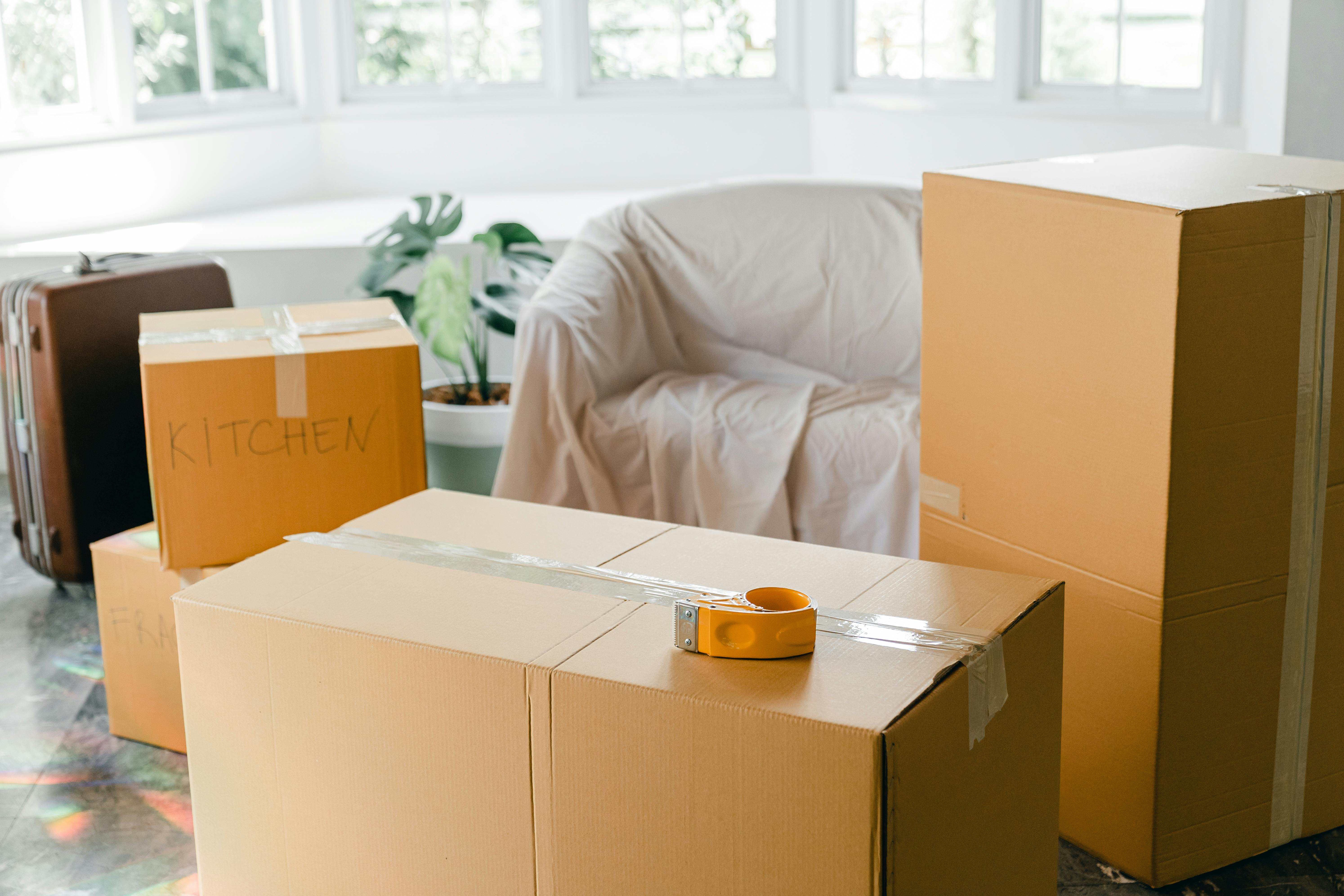As a tenant, you may feel a bit anxious when it comes time for a home inspection, especially if you’re uncertain about what will be considered normal wear and tear versus damage. Understanding these concepts can make a significant difference in your relationship with your landlord and your overall renting experience.
What is Wear and Tear?
Wear and tear refers to the natural decline in a property’s condition due to everyday use over time. It’s expected in any rental situation, and knowing what constitutes wear and tear can help you better prepare for inspections.
Common Signs of Wear and Tear:
- Flooring: Minor scuffs, scratches, or faded areas on carpets and hardwood floors from normal foot traffic.
- Walls: Small scuff marks or minor dings that can occur from moving furniture, but not large holes or deep scratches.
- Appliances: Slight scratches or normal wear on kitchen appliances and bathroom fixtures that are still fully functional.
- Fixtures: Loose door handles or slightly worn-out cabinet knobs that still serve their purpose.
- Landscaping: Seasonal changes affecting gardens or lawns, but not excessive overgrowth or damage from neglect.
What is Considered Damage?
On the other hand, certain issues may be deemed damage rather than normal wear and tear. It’s crucial to distinguish between the two to maintain a good standing with your landlord.
Indicators of Damage:
- Large Stains or Tears: Noticeable damage to carpets or flooring, such as deep stains or rips.
- Holes and Cracks: Unsightly holes in walls or cracks in ceilings that indicate abuse or neglect.
- Water Damage: Visible signs of leaking or significant water damage that suggest lack of maintenance.
- Pest Infestations: Evidence of pests due to insufficient cleanliness or maintenance.
- Unauthorized Alterations: Changes made to the property without approval, such as painting walls in drastic colors or removing fixtures.
Preparing for Your Home Inspection
Understanding what is classified as wear and tear versus damage can help ease tensions during inspections. Here are a few remaining tips:
- Document Issues: Before your inspection, take photos of any existing issues and inform your landlord to prevent misunderstandings.
- Regular Maintenance: Perform routine maintenance and cleaning throughout your tenancy to minimize potential issues.
- Communication: Maintain open lines of communication with your landlord. Report any significant maintenance issues promptly.
Conclusion
Being proactive and understanding the differences between wear and tear and damage can lead to a smoother inspection process and a healthier landlord-tenant relationship.
If you have further questions about your rental rights or need help navigating the rental process, don’t hesitate to contact us at MAP Properties. Our knowledgeable team is here to assist you with any concerns and ensure you have a positive renting experience!





